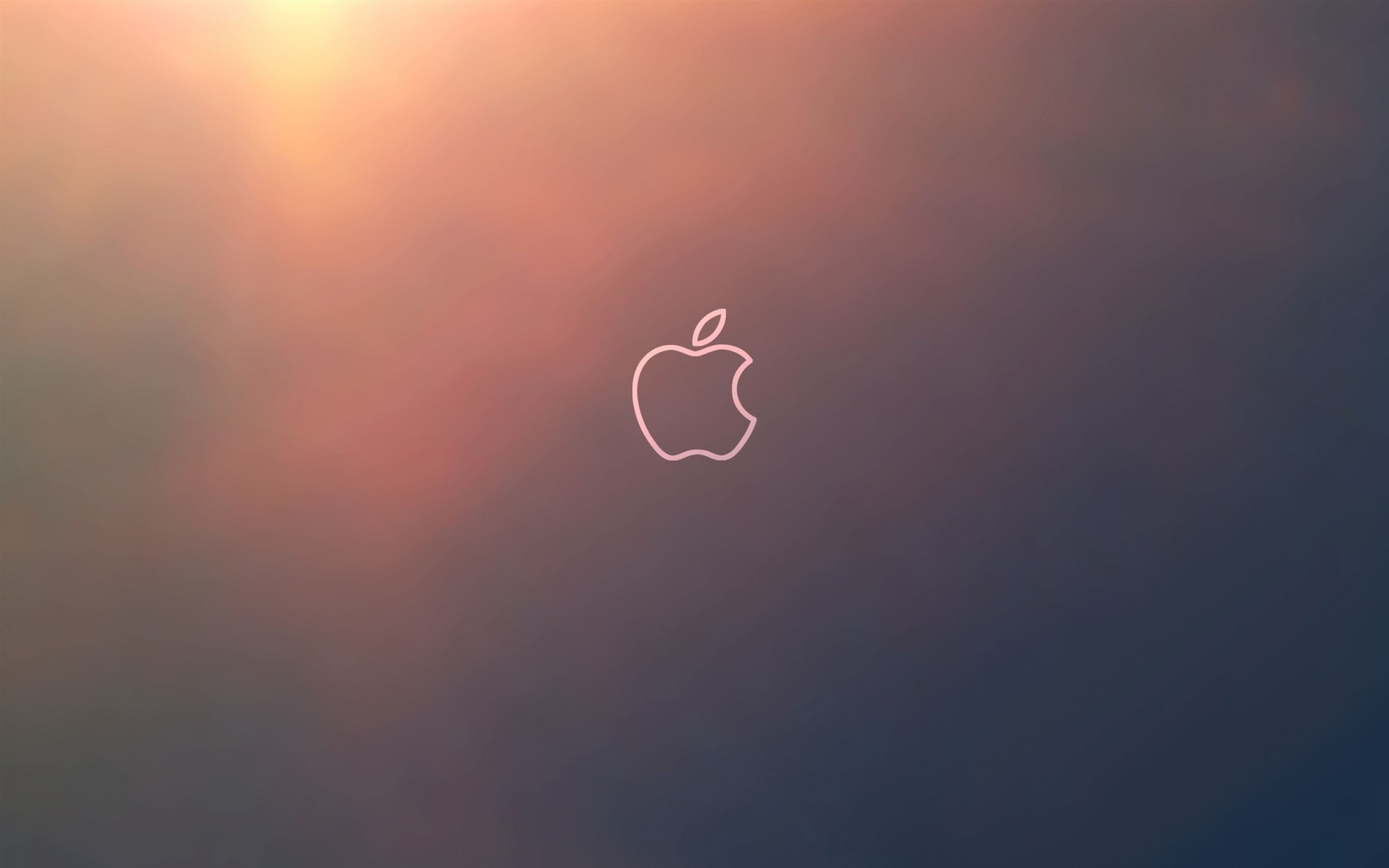

For example, tungsten bulbs can vary greatly in color temperature, depending on their quality and power output.
:max_bytes(150000):strip_icc()/009-personalize-the-macs-deskop-wallpaper-with-your-own-pictures-686a3acbf30a49079952124a32f68fa1.jpg)
White balanceĪlthough the basic white balance settings in cameras can be pretty good, they do tend to struggle at times. This will help to ensure that your meter is only trying to expose for the card, and not anything around the edges. The second tip is when you’re taking the exposure reading fill the frame with the grey card as much as possible. If you turn your subject to the side, or completely around, that will affect your exposure and you will need to take another reading. For example, if you’re taking headshots outdoors and the sun is lighting your subject from the front that is one exposure reading. There are a few things can do that will make this process easier and more accurate.įirst, you should make sure that your subject remains in a similar position relative to the light source, from where you took your gray card reading. In this case, a gray card is the closest thing you’ll get to a magic bullet that will allow you to get a near perfect exposure, in almost any situation. The more useful of these two techniques is metering. This becomes especially important when you need to faithfully recreate colors in your images, whether that may be for commercial purposes or record shots. This means if you put a grey card in front of your subject, and take a meter reading off it, you will get a correct exposure regardless of any tonal contrast in the scene.Īdditionally, when used in conjunction with a camera’s custom white balance feature, you can manually set a perfect white balance for everything you photograph. This number is important because 18% gray is what your camera’s meter is trying to calculate when it meters to expose for a scene. More specifically, it is middle gray, or 18% gray. For example, they allow you to obtain a good white balance reading from mixed light sources, or get an accurate exposure reading from your camera’s meter in a high contrast scene.Ī grey card is exactly what it says it is. These humble accessories start at less than $10, yet the amount of control they give you over the final image, can be invaluable in tricky situations. To take advantage of these techniques, you only need to add a single cheap piece of equipment to your camera bag: a gray card. Just beyond these basics, there are a few simple techniques that will allow you to fin- tune your white balance, and get more accurate meter readings from your subject.
GRAY BACKGROUND FOR MAC TO TAKE PHOTO HOW TO
Also, you probably have a basic understanding of how your camera’s meter works, or at least how to react to its output to change your settings appropriately.

If you’re familiar with the fundamentals of camera technique, then you know how much of an effect white balance can have on your images. High contrast scenes with delicate colors can prove tricky for your camera’s meter and white balance settings.


 0 kommentar(er)
0 kommentar(er)
